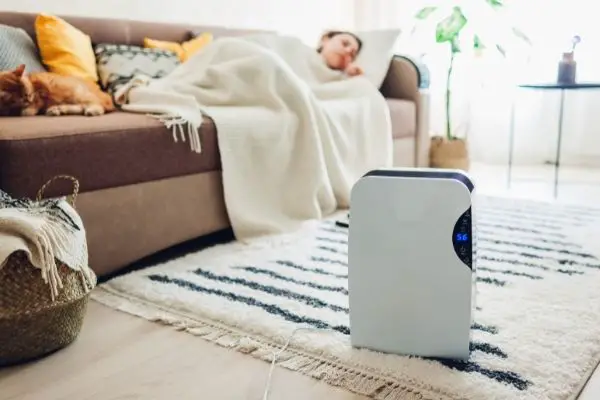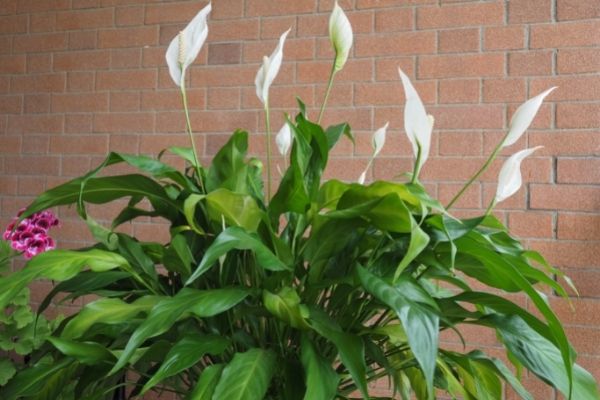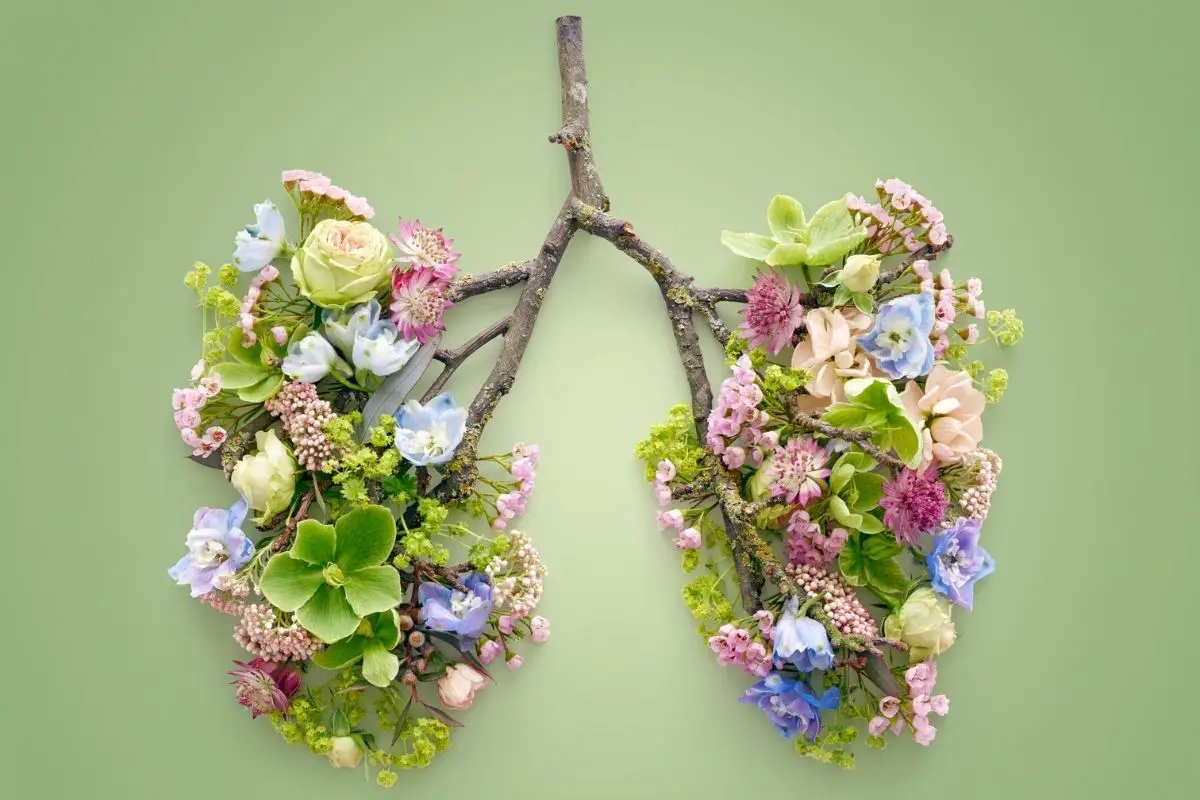Indoor Air Pollution | How to Get Clean Air at Home
We often associate air pollution with busy traffic, smoke coming out of industrial chimineas and strong smelly chemicals rather than our own houses.
Sadly, indoor air pollution is real and is a health hazard just like ‘outdoor’ pollution.
With much of the world’s population being confined to their homes over the last two years, the indoor air quality of our home environment has come into the forefront of many people’s minds.
Our health and well-being are very much connected to the quality of the air we breathe, and according to the American Lung Association, exposure to poor indoor quality air can cause a variety of health problems such as asthma, chronic lung diseases and respiratory infections.
From random gas entering through cracks in the walls and foundation of a home to asbestos, there are numerous indoor air pollutants that can negatively affect your and your family’s health.
Common indoor pollution sources
· Biological Pollutants: These are substances in your environment produced by living organisms and include mold, mildew, pet dander, bacteria, viruses, pollen, dust and mites.
· Cookers and Heaters: Burning fuels such as gas, wood, charcoal or kerosene can release fumes and toxins into the air such as nitrogen dioxide and carbon monoxide, contributing to poor indoor air quality.
· Volatile Organic compounds (VOCs): These are gases that are emitted from certain solids and liquids including many household cleaning products, aerosols, disinfectants, personal care products as well as paints, solvents and varnishes.
· Lead: This toxic metal was commonly used to paint homes before 1978. Chipped or deteriorating lead-based paint can release hazardous lead particles into your home’s air which can cause damage to the organs and nervous system.

With the concentration of some pollutants in the home being up to five times higher than typical outdoor levels the prospect can seem worrying. However, there are many steps you can take to improve the air quality in both your home and the environment, and this article will explore some of these steps below.
Getting Cleaner Air at Home
Green Cleaning
Many household cleaners, sanitizers and disinfectants contain toxic chemicals that can result in poor indoor air quality and can irritate your eyes, nose and throat. Greenhouse gases, VOCs and other harmful chemicals from products such as aerosol sprays and liquid cleaners can enter your home environment and be absorbed in your carpets and furniture. Avoid unnecessary spraying or over-use of cleaning products and keep your products stored properly to prevent leaks and spills.
A better option is to consider natural cleaning products, which are better for the environment and the air in your home. Many cleaning products can be substituted for natural alternatives such as baking soda and lemon juice. White wine vinegar is great for cleaning glass surfaces such as windows, mirrors and coffee tables as well as for descaling kettles. Soaps made from vegetable oils are effective at removing grease stains without releasing toxins into the air, while baking soda can serve as a natural abrasive to eliminate tough stains as well as neutralize foul-smelling odors.
Reusable microfiber cloths are another effective cleaning product that trap dirt, grease and grime without the need for water or chemicals and without storing bacteria making them more environmentally friendly for your home environment.
When it comes to laundry, many of the chemicals and fragrances found in fabric softeners and laundry detergents can cause allergic reactions such as skin rashes, dermatitis and can also aggravate asthma. The inhalation of these vapors can also lead to headaches, nausea, and dizziness. Consider switching to more eco-friendly laundry detergents and fabric softeners that are free from harmful chemicals and toxins, reducing the pollutants in your home.
Air Cleaners
One of the best ways to improve the air quality in your home is by using a device that can remove pollutants from the air you breathe.

An air purifier can remove impurities such as pollen, dust, pet dander and other allergens from the air and those fitted with High-Efficiency Particulate Air (HEPA) filters will cleanse the air from the tiniest airborne particulates found in your home keeping it clean and allergy-free. The three main types of air purifiers are as follows:
· Ionic Air Purifiers: Also known as an ionizer or ozone generator, these purifiers emit an electrically charged field of negative particles called ions which attach to the positively charged bacteria, dust, pollen, mold and other airborne pollutant particles thus eliminating them from the air in your home.
· Activated Carbon Purifiers: The carbon in these purifiers work by a process known as adsorption whereby pollutants in the air react with and become trapped inside the porous surface of the carbon. These purifiers are particularly effective at removing odors, gases and chemical vapors from the air.
· Ultraviolet (UV) Air Purifiers: These purifiers use UV lights to render many pathogens, bacteria, viruses and other microorganisms in your home harmless by disrupting their DNA.
Air filters serve a similar purpose to air purifiers and will sieve out harmful pollutants such as mold spores, bacteria, dust and pet dander from your indoor air. As air passes through them, these filters trap microscopic airborne pollutants to ensure the air circulating within your home is clean and safe to breathe by removing them from the atmosphere.
Installing a 20x25x4 air filter into your furnace or heating, ventilation and air conditioning (HVAC) system can greatly improve the indoor air quality of your home making it easier and healthier for your whole family to breathe. It is important to regularly replace your air filter to keep it working efficiently, and to prevent it from pumping dust, allergens and other pollutants back into the air in your home.
Air-Purifying Indoor Plants
The NASA Clean Air Study has found that in addition to releasing oxygen and absorbing carbon dioxide from the air, some indoor plants can also remove VOCs such as ammonia, benzene, formaldehyde, and trichloroethylene – all relatively common chemicals.

Try adding certain indoor plants to your home environment to act as a natural filter removing pollutants and improving the air quality for your whole family. Some of the best indoor plants for decreasing VOCs and filtering out indoor air pollutants include the following:
· English Ivy
· Peace Lily
· Chinese Evergreen
· Devil’s Ivy
· Bamboo Palm
· Barberton Daisy
· Dracaena Fragrans or Dragon plant
· Aloe Vera
Snake plants are also great for purifying your indoor environment and thanks to their unique ability to produce oxygen at night by converting carbon dioxide, they are ideal for your bedrooms.
Prevent Mold and Damp
Moist, damp environments are ideal breeding grounds for microbial pollution such as molds, fungus and viruses. Make sure to ventilate your home by opening windows or switching on extractor fans after a bath or shower to release water vapor from the atmosphere and prevent condensation build up.
Other ways to prevent mold or damp from your home is by hanging your wet washing outside where possible or by using a dryer. According to the Asthma Society of Ireland, drying clothes inside your home can increase the moisture in it by almost 30%, encouraging the growth of mold. Make sure to ventilate by opening windows to allow the water vapor to escape and also consider the use of a dehumidifier which can reduce the likelihood of mold and mildew, as well as musty odors in your home.
Dark or damp parts of your home such as the basement, bathroom and laundry room are ideal for fungus and mold spores to accumulate. By controlling the humidity in these areas you can greatly reduce the likelihood of such pollutants entering your indoor air. According to the Environmental Protection Agency (EPA), indoor relative humidity should be kept below between 30% to 50%.
Maintain a Smoke-Free Environment
Smoke produced from candles and incense can emit carbon monoxide and carbon dioxide into the air, polluting your home environment.
To counter this problem, switch to healthier alternatives such as essential oils and candles made from soy, and other natural waxes. Beeswax candles are thought to release negative ions into the air, which can purify and neutralize harmful airborne particles such as pollen, dust and other pollutants by binding with them and removing them from the air.
For a completely smoke-free environment, consider LED candles which will not produce any smoke or soot into the air. Second-hand smoke from cigarettes is another harmful pollutant that releases toxic chemicals into the air such as carbon dioxide and methane, as well as at least 70 carcinogens. The odors from tobacco smoke can spread from room to room, and are absorbed by the natural and synthetic fibers in your home, including your carpets, wallpaper and furniture fabrics.
Keep these harmful substances from polluting the air quality in your home by making your house a smoking-free zone.
Vacuum Regularly
Vacuuming your home regularly will reduce the levels of dust, pet dander, pollen and other pollutants from contaminating your air. The fibers in your carpet are home to many unwanted particles and allergens and bacteria and dust mites often attach to pet fur which is then shed onto your floors. Pet dander will be kept to a minimum with regular vacuuming.
Dirt from outside can also be brought into your home and become trapped in the fibers of your carpets from peoples’ shoes. Ask your guests to remove their shoes before entering your home.
***
Indoor air pollution is a lot more serious than a lot of us think. Luckily, there are things we can do to improve the air at home and live healthier lives.






